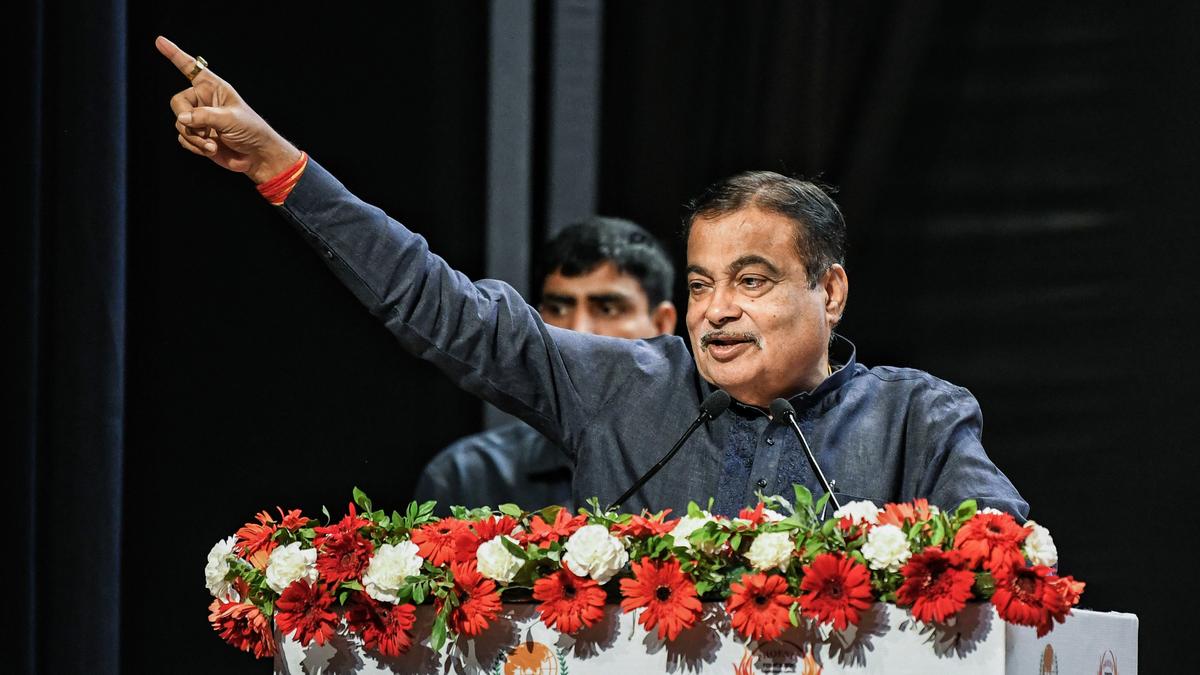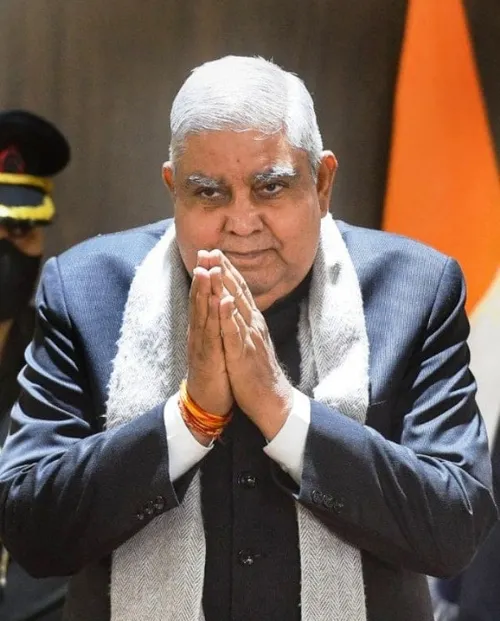
Union Minister of Road Transport and Highways Nitin Gadkari addresses the Save the Earth Conclave at NASC Complex Pusa in New Delhi on Tuesday
| Photo Credit:
ANI
Union Road Transport and Highways Minister Nitin Gadkari on Tuesday said the contribution of agriculture to GDP has come down to 14 per cent over the years. This is because farming has not turned out to be as economically viable as it should have been. He said the share of the farm sector in GDP may rise to 22 per cent if Indian agriculture manages to replace half of the fossil fuel imports, estimated at about ₹22 lakh crore per year, with biofuel.
Addressing an event on Earth Day, organised by Indian Chamber of Food and Agriculture (ICFA), Gadkari said migration from rural areas to urban cities and towns has taken place after Independence as agriculture became economically unviable.
He said: “In our GDP, the contribution of our manufacturing sector is 22 per cent, the service sector is 52-54 per cent, and the contribution of the agriculture sector is only 14 per cent. When we got independence, Mahatma Gandhi used to say that our country resides in the villages, as at that time, 90 per cent of the population was in the villages. Today, 25-30 per cent of that population has migrated.”
Poor living standards
Pointing out that people have migrated to metro cities such as Delhi, Mumbai, Kolkata, Chennai and Bangalore and many of them live in slums, he said their living standards are poor.
Referring to the potential of the agriculture sector to provide biofuel, the minister said the most important thing for the success of anything and its adoption in any field is dependent on proven technology, economic viability, availability of raw material, and marketability of the finished product.
“We cannot tell people that if you are spending ₹10,000 on petrol, then spend ₹15,000 to save the environment. This is not possible. If people have to give any solution, it has to be cost-effective, import-substitute, pollution-free, and indigenous,” he said, adding “you cannot market clothes made from bamboo by simply asking people to buy because it was made by any tribal”.
Touching on the importance of trade, business, and capital investment in the aspirational districts and blocks, he said there are several wastelands where crops can be grown. But, he said, there is a limit to raising farm income only through crops such as wheat, paddy, corn or sugarcane. He said crops such as bamboo have the potential to be a key raw material to produce an alternative source of energy, whether ethanol or white coal.
Alternative fuel
“We will have to think about demand and supply, which are very important in the global economy, where prices of commodities like corn, sugar or soyabean are decided by the US, Brazil and Argentina due to their large production base,” Gadkari said.
The challenge is by using the best technology, how to make the rural areas economically viable, he said.
“If employment is not created, poverty will not be removed,” the minister said, adding, “alternative (bio)fuel can change the economy of India.”
If ₹22 lakh crore spent on fossil fuel imports is stopped from the indigenous source of fuel, it will strengthen the economy of India, he said. “I am saying that there will be a day when at least ₹10 lakh crore (out of these forex spent on crude import) will go to the farmers, and that day the share of agriculture in growth will be more than 22 per cent. Nobody will leave their village to come to Delhi, Mumbai or Kolkata,” he said.
Published on April 22, 2025
Anurag Dhole is a seasoned journalist and content writer with a passion for delivering timely, accurate, and engaging stories. With over 8 years of experience in digital media, she covers a wide range of topics—from breaking news and politics to business insights and cultural trends. Jane's writing style blends clarity with depth, aiming to inform and inspire readers in a fast-paced media landscape. When she’s not chasing stories, she’s likely reading investigative features or exploring local cafés for her next writing spot.






